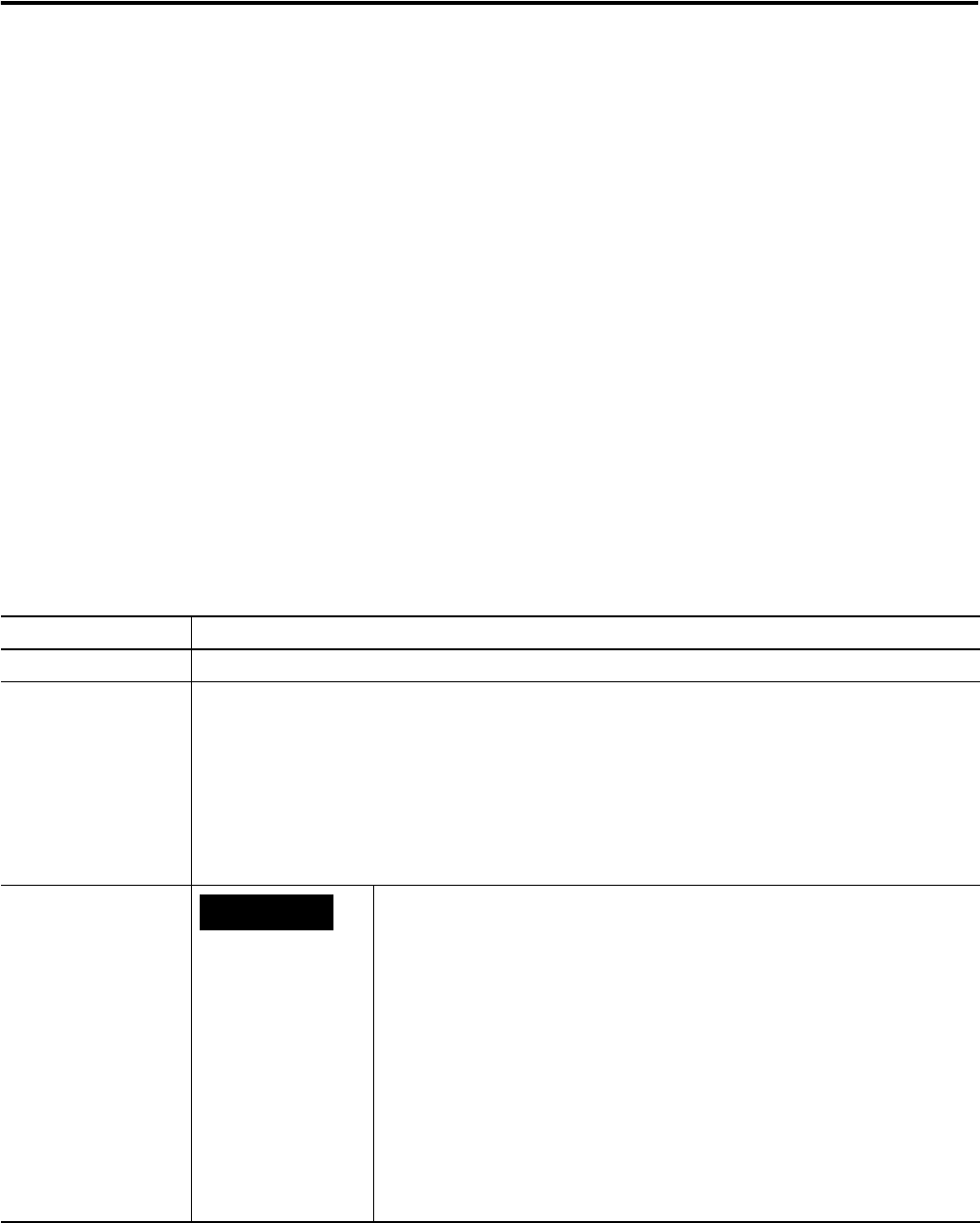supporting Sequence of Events
Table Of Contents
- 1732E-UM002A-EN-E 1732E EtherNet/IP ArmorBlock Supporting Sequence of Events User Manual
- Important User Information
- Table of Contents
- Preface
- Chapter 1 - About 1732E ArmorBlock Modules
- Chapter 2 - Module Overview
- Chapter 3 - Use the Module in an ArmorBlock System
- Chapter 4 - Install Your Module
- Chapter 5 - Configure the Module for Your EtherNet/IP Network
- Chapter 6 - Configure the Module Using RSLogix 5000
- Introduction
- Set Up the Hardware
- Create the Example Application
- Configure Your I/O Module
- Overview of the Configuration Process
- Add a New Bridge and Module to Your RSLogix 5000 Project
- Use the Default Configuration
- Change the Default Configuration
- Download Your Configuration
- Edit Your Configuration
- Access Module Data in RSLogix 5000
- Configure RSLogix 5000 and the 1756-EN2T Communication Module for CIP Sync
- Chapter Summary and What’s Next
- Chapter 7 - Module Features
- Introduction
- Determine Module Compatibility
- Module Features That Can Be Configured
- Chapter Summary and What’s Next
- Chapter 8 - Using the Module
- Chapter 9 - Interpret Status Indicators
- Chapter 10 - Troubleshoot the Module
- Appendix A - ArmorBlock 2 Port Ethernet Module Specifications
- Appendix B - Module Tags
- Appendix C - 1732E EtherNet/IP ArmorBlock Supporting Sequence of Events Data Tables
- Appendix D - Connect to Networks via Ethernet Interface
- Appendix E - 1732E ArmorBlock I/O Embedded Web Server
- Glossary
- Index
- How Are We Doing?
- Back Cover

Publication 1732E-UM002A-EN-P - March 2010
50 Module Features
When the controller attempts to connect to and configure a module (for
example, after program download), the module compares the following
parameters before allowing the connection and configuration to be accepted:
• Vendor
• Product Type
• Product Code
• Major Revision - Change that affects the module’s function or
RSLogix 5000 interface
• Minor Revision - Change that does not affect the module’s intended
function or RSLogix 5000 interface
The comparison is made between the keying information present in the
module and the keying information in the controller’s program, preventing the
inadvertent operation of a system with the wrong module. For example, if you
select Exact Match and a module with revision 1.2 is placed in a location
configured for a module with revision 1.4, the controller does not make a
connection to the new module because of the mismatched revisions.
The following table describes the keying options available with your module.
Keying option: Definition:
Exact Match All of the parameters listed above must match or the inserted module will reject a connection to the controller.
Compatible Module The Compatible Module mode allows the module to determine whether it can emulate the module defined in
the configuration sent from the controller. Some modules can emulate older revisions. The module will accept
the configuration if the configuration’s major.minor revision is less than or equal to the physical module’s
revision.
For example, if the configuration contains a major.minor revision of 1.7, the module must have a firmware
revision of 1.7 or higher for a connection to be made. When a module is inserted with a major.minor revision
that is less than the revision configured (that is., the module has a revision of 1.6 and the slot is configured for
a module with revision 1.8), no connection is made between the controller and the I/O module.
TIP
We recommend using Compatible Module whenever possible. Remember, though,
with major revision changes, the module only works to the level of the configuration.
At the time of this printing, the module uses a major.minor revision of 1.6
(1)
However,
if a new major revision for the module is released, consider this example. If a module
is configured for major.minor revision of 1.7 and you insert a module with a
major.minor revision of 2.3, the module works at the 1.7 level, with respect to
module functions that are related to RSLogix 5000 software such as interface
changes. Anomaly updates that are affected by the module’s firmware, though,
would work at the 2.3 revision level.
If possible, we recommend that you make sure configuration is updated to match the
revision levels of all I/O modules, including your module. Failure to do so may not
prevent the application from working but may defeat the purpose of upgrading your
modules’ revision levels.










